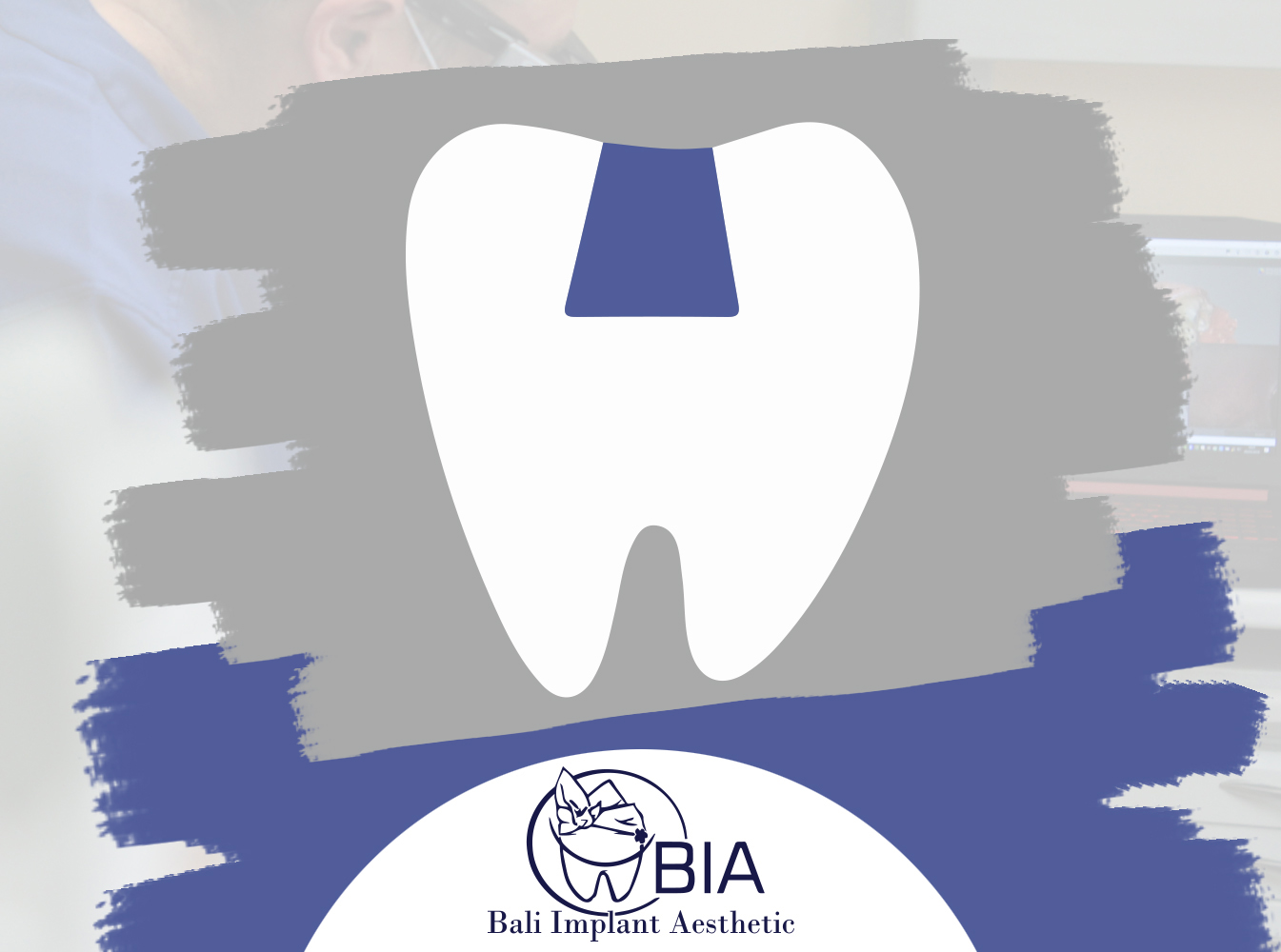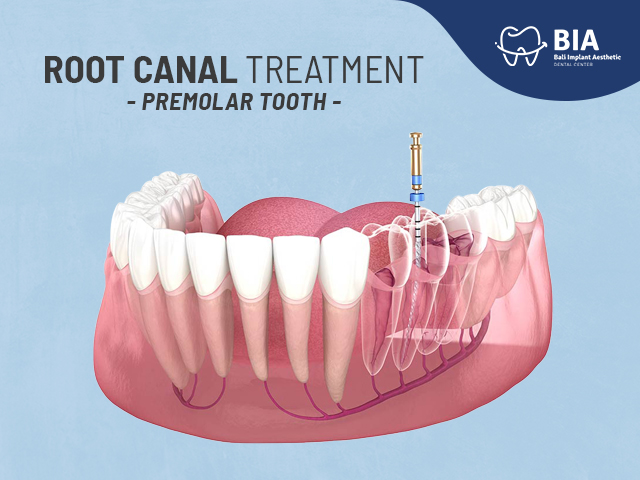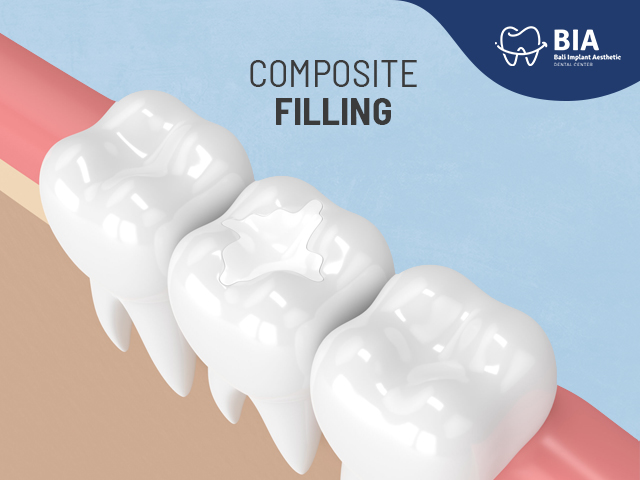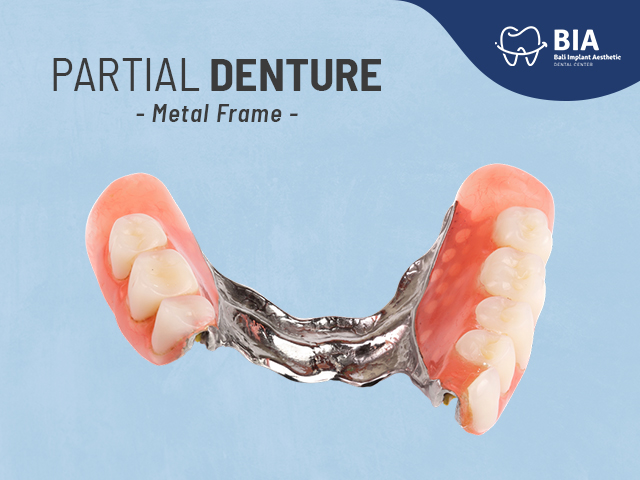The Dental Filling vs The Inlay
Article | 2019-12-16 06:50:37
The filling is a basic dental restoration. The decayed tooth structure is drilled out and replaced with a composite (white) or amalgam (silver) filling material. The Inlay typically used when the cavity is too large for a simple filling. The inlay is fabricated as a single, solid piece to fit the specific shape and size of the cavity. The inlay is then cemented in place.
Sometimes, a tooth is planned to be restored with an intracoronal restoration, but the decay or fracture is so extensive that a direct restoration, such as amalgam or composite, would compromise the structural integrity of the restored tooth or provide substandard opposition to occlusal (i.e., biting) forces. In such situations, an indirect gold or porcelain inlay restoration may be indicated.

When an inlay is used, the tooth-to-restoration margin may be finished and polished to a very fine line of contact to minimize recurrent decay. Opposed to this, direct composite filling pastes shrink a few percents in volume during hardening. This can lead to shrinkage stress and rarely to marginal gaps and failure. Although improvements of the composite resins could be achieved in the last years, solid inlays do exclude this problem. Another advantage of inlays over direct fillings is that there are almost no limitations in the choice of material. While inlays might be ten times the price of direct restorations, it is often expected that inlays are superior in terms of resistance to occlusal forces, protection against recurrent decay, the precision of fabrication, marginal integrity, proper contouring for gingival (tissue) health, and ease of cleansing offers. However, this might be only the case for gold. While short term studies come to inconsistent conclusions, a respectable number of long-term studies detect no significantly lower failure rates of ceramic or composite inlays compared to composite direct fillings. Another study detected an increased survival time of composite resin inlays but it was rated to not necessarily justify their bigger effort and price.

In theory, these two can often be used interchangeably, but inlays are typically reserved for much larger cavities. They both involve removing the existing cavity with a drill and filling that empty space, but how that space is filled is where they primarily differ. With a filling, an amalgam or composite material is used to fill the space, and it’s a much quicker process, involving only a single visit.
With an inlay, space is filled with a single, solid piece that is usually fabricated in a lab, although they can sometimes be made in-office, and they are typically made out of a material like gold or ceramic. The inlay must be made precisely to the shape and size of the empty space, otherwise, food and bacteria will enter the space, resulting in further decay. The upside to an inlay is that they do not contract to the same degree as a filling after being placed, so there is less chance of the restoration failing for that reason, or creating a gap between the filling and the surrounding tooth structure. Inlays also create a tougher and theoretically more durable surface for use when chewing, and as such, an inlay should be more reliable long term, although the data on that is mixed and inconclusive.
Aside from an inlay being more expensive than a filling, the number one reason they are very rarely seen is that dental insurance almost never covers them. The inlay will be downgraded to a filling by the insurance company (or in other words, the insurance company refuses to pay for an inlay and will only pay the price for a filling), resulting in either the dentist losing money or the patient being given a bill. As such, inlays are typically reserved for patients without insurance or patients that fully understand the additional cost above a filling.
Don't hesitate to contact BIA Dental Center to get more information about Filling and Inlay/Onlay and what the difference between. Come and visit us at Jln. Sunset Road NO. 86A Seminyak, Kuta, Badung, Bali, Indonesia.




